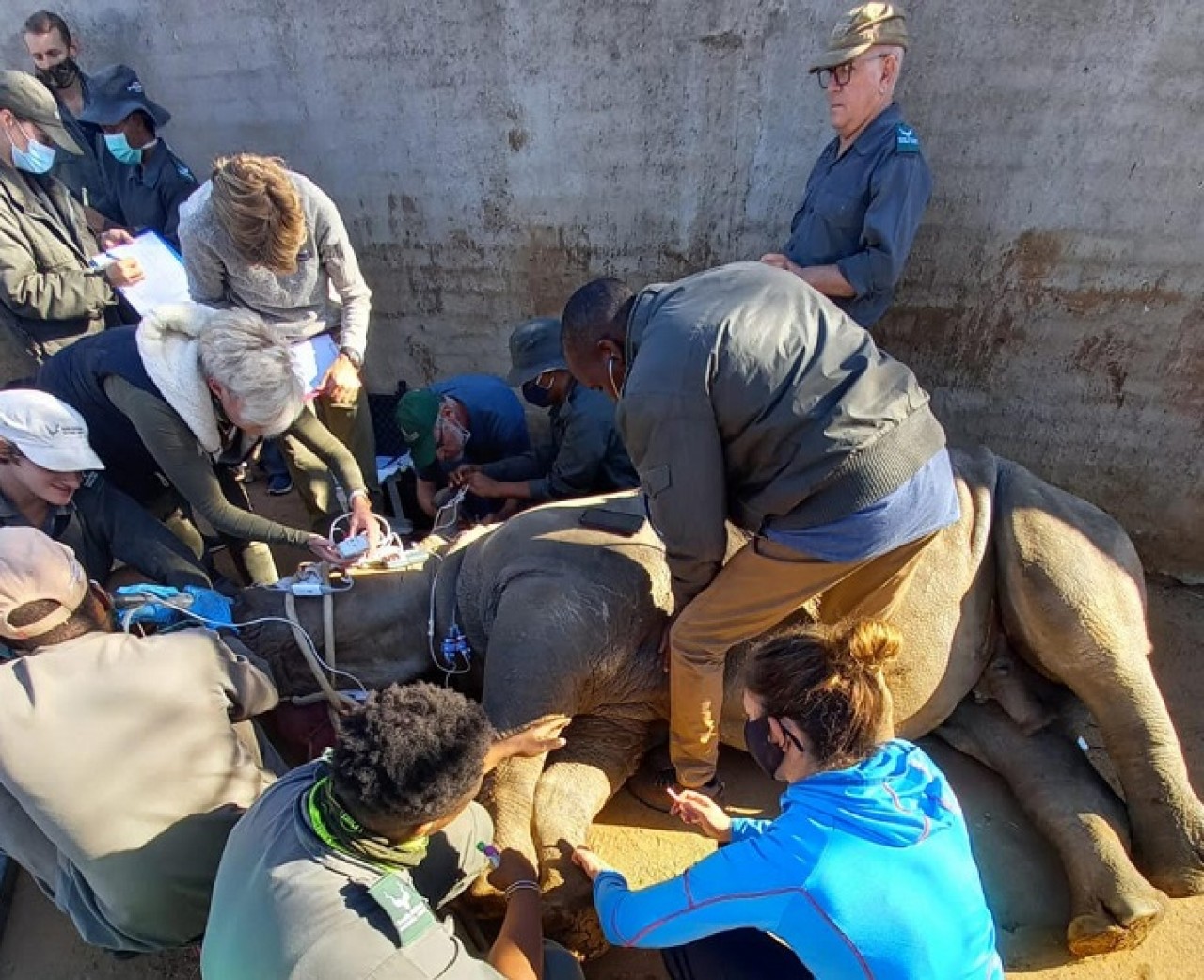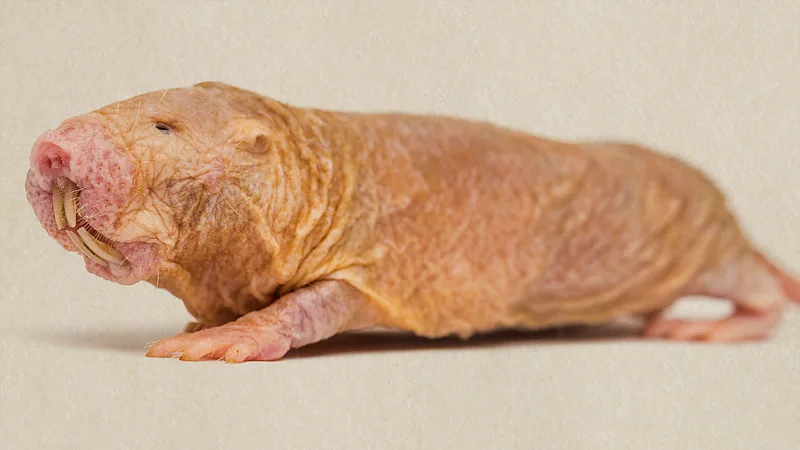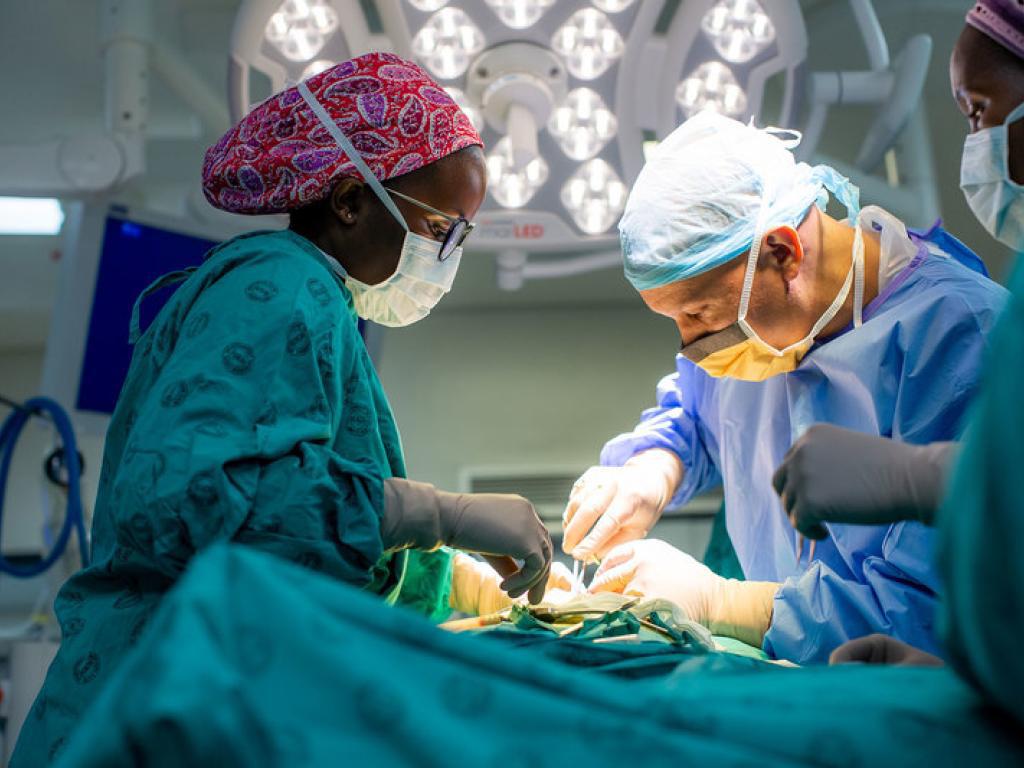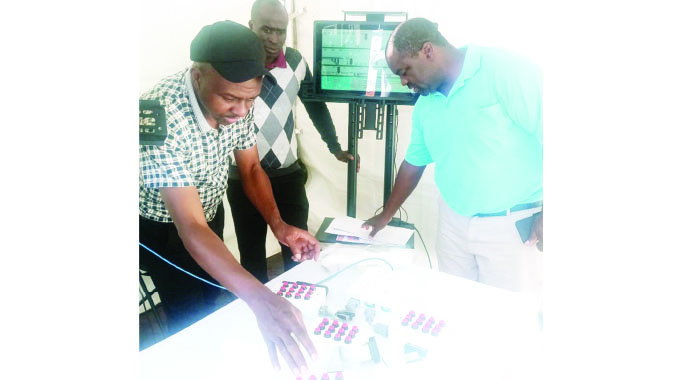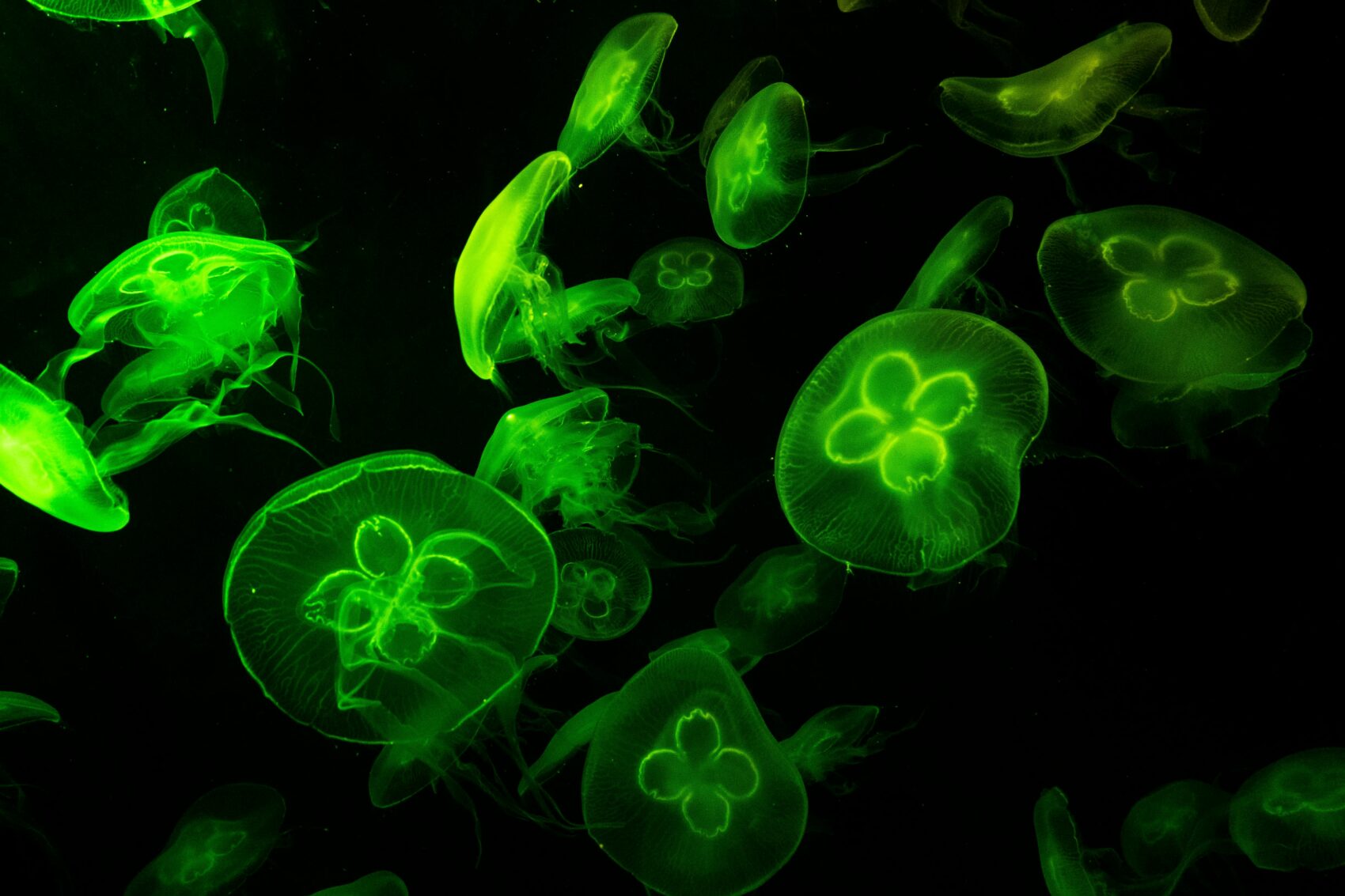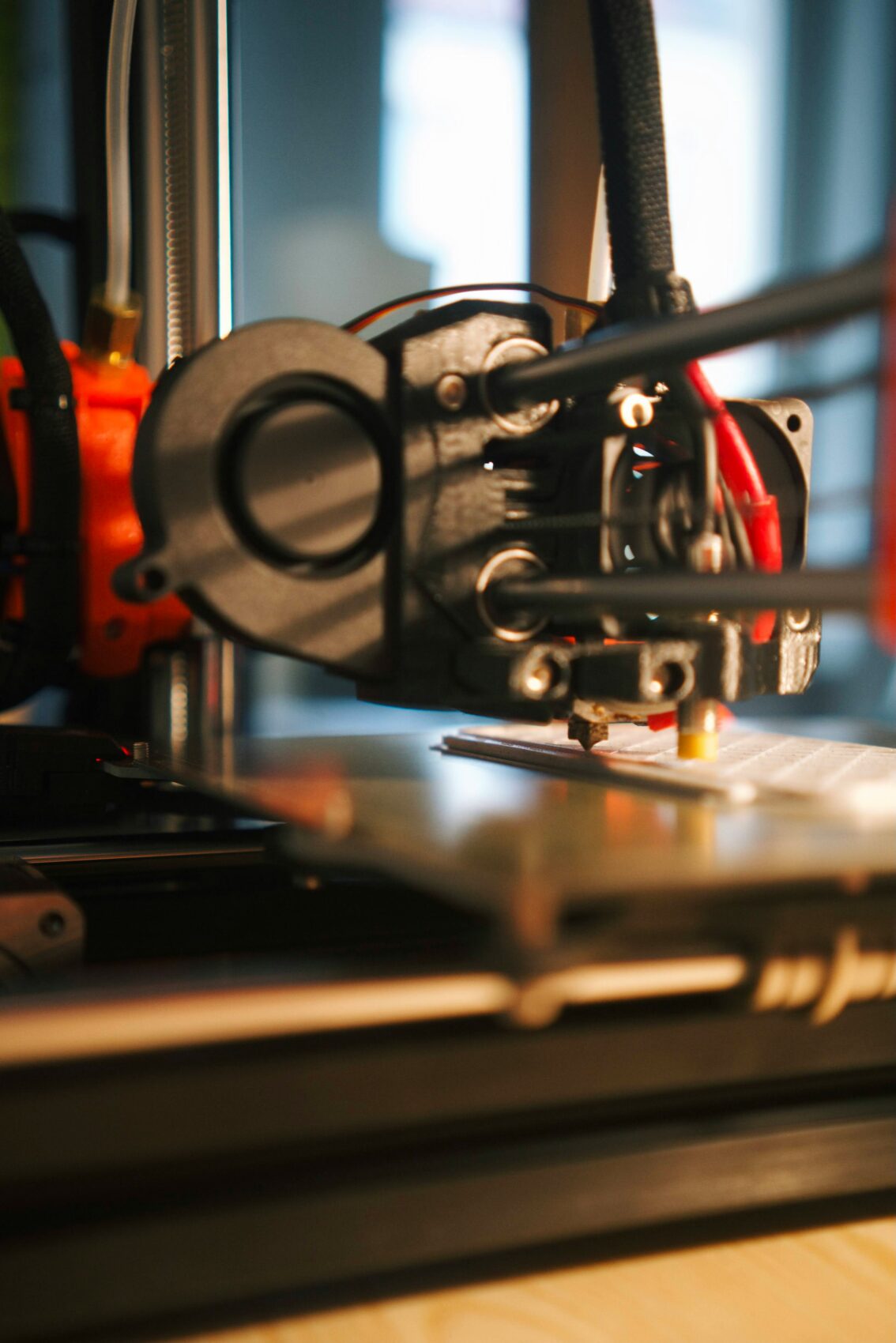Key Points:
- University of Pretoria (UP) researchers have discovered an optimum way to monitor blood oxygen levels in immobilised rhinos.
- The team found that attaching pulse oximeters to a rhino's 'third eyelid' provides the most reliable readings.
- This innovation improves the safety of procedures such as dehorning and relocation, which are crucial for protecting rhinos from poaching..
- This new method enhances veterinarians' ability to provide care and ensure the well-being of rhinos during field procedures.
Combating Rhino Poaching
Researchers at the University of Pretoria (UP) have made a significant breakthrough in wildlife veterinary care, discovering an optimum way to monitor blood oxygen levels in immobilised rhinoceroses. This innovation is set to boost efforts to combat poaching by improving the safety and efficacy of procedures such as dehorning and relocation.
Dr. Thembeka Mtetwa, an early-career comparative physiologist at UP’s Faculty of Veterinary Science, explains that the team found success by attaching pulse oximeters to the rhino’s ‘third eyelid’. “The third eyelid is a crescent-shaped fold of the outer eye structure which forms a thin, semi-transparent ‘blinking’ membrane over the eye,” she says.
This discovery addresses a critical challenge faced by wildlife veterinarians. During immobilisation procedures, the potent drugs used can negatively affect the rhino’s cardio-respiratory function, potentially causing blood oxygen to drop to dangerously low levels. Monitoring these levels is essential for making important decisions, such as whether to administer drugs to stimulate breathing or to give oxygen to the rhino.
Adapting Human Technology for Wildlife Care
Until now, scientists and vets have been using blood gas analysers and pulse oximeters designed for humans to monitor rhinos, without certainty of their reliability. The UP research team set out to adapt this existing technology for more effective use with rhinos.
“To give the pulse oximeters the best chance of working, we had to think carefully about where to place them on the rhino’s body – where the animal’s skin and membranes aren’t too thick,” Dr. Mtetwa explains. After testing various attachment sites, the team discovered that the rhino’s ‘third eyelid’ proved to be the most reliable location.
Professor Leith Meyer, a wildlife vet and physiologist at UP with over 20 years of experience in wildlife chemical immobilisation, came up with the novel idea to test the feasibility of placing the device on the third eyelid. “The colour, moisture and capillary refill time of the external mucous membranes of the body are good indicators of hydration, circulation and the overall health of the animal, and are typically good sites to place a pulse oximeter probe,” he says.
Unique Characteristics of Rhino Anatomy
The researchers found that the rhino’s third eyelid offers several advantages for this application. Unlike in humans, where the third eyelid is vestigial and barely noticeable, in rhinos it is much larger and contains numerous small blood vessels.
Professor Ned Snelling, an experimental physiologist involved in the study, adds, “The great thing about the rhino’s third eyelid is that it is relatively thin. It has lots of blood vessels close to the surface, and it’s easy for vets and vet nurses to access it.”
This unique anatomical feature of rhinos, combined with the innovative thinking of the research team, has led to a significant improvement in monitoring capabilities during critical procedures.
Implications for Rhino Conservation
The importance of this discovery extends far beyond the realm of veterinary medicine. As rhino poaching continues to be a significant threat to the species’ survival, procedures such as dehorning and relocation have become routine for wildlife veterinarians working on the frontline of conservation.
By improving the safety and efficacy of these procedures, the UP team’s research directly contributes to rhino protection efforts. The ability to more accurately monitor a rhino’s condition during immobilisation allows veterinarians to make better-informed decisions, potentially reducing the risks associated with these necessary interventions.
Dr. Mtetwa emphasizes the broader implications of their work: “Our findings highlight the importance of using appropriate monitoring techniques in large immobilised animals like rhinos, which have unique anatomical and physiological characteristics. This new research improves our ability to provide care and ensure the well-being of rhinos in the field.”
Collaborative Effort and Future Prospects
The research, recently published in the journal BMC Veterinary Research, was a collaborative effort involving experts from various fields. In addition to Dr. Mtetwa and Professors Meyer and Snelling, the team included wildlife veterinarian Dr. Peter Buss from SANParks, Dr. Annette Roug, and ecophysiologist Dr. Ashleigh Donaldson.
This multidisciplinary approach underscores the complexity of the challenge and the innovative thinking required to develop effective solutions in wildlife conservation. As the team continues to refine and expand upon their findings, their work promises to have lasting impacts on rhino conservation efforts and wildlife veterinary practices more broadly.
The success of this research not only improves the immediate care of rhinos during critical procedures but also paves the way for further innovations in wildlife monitoring and care. As conservationists and veterinarians continue to face evolving challenges in protecting endangered species, such collaborative and innovative approaches will be crucial in ensuring the survival and well-being of rhinos and other wildlife.
Frequently Asked Questions (FAQ)
Veterinarians can use pulse oximeters attached to the rhino's 'third eyelid' to monitor blood oxygen levels effectively during immobilization procedures.
Immobilization drugs can negatively affect a rhino's cardio-respiratory function, potentially causing dangerous drops in blood oxygen levels.
The rhino's third eyelid is larger than in humans and contains many small blood vessels, making it an ideal location for attaching monitoring devices.
Better monitoring during procedures like dehorning and relocation enhances the safety of these anti-poaching measures, allowing them to be performed more effectively.
Pulse oximeters, originally designed for humans, can be adapted for use on rhinos to provide real-time readings of blood oxygen levels.
For more information on innovative research initiatives in Africa, sign up to the AfricaLive newsletter.
Share
Search by Category
Related Stories
Subscribe to the Future of Africa newsletter here.
You will hear once per month directly from African CEOs and international investors shaping the future of sustainable African development.

